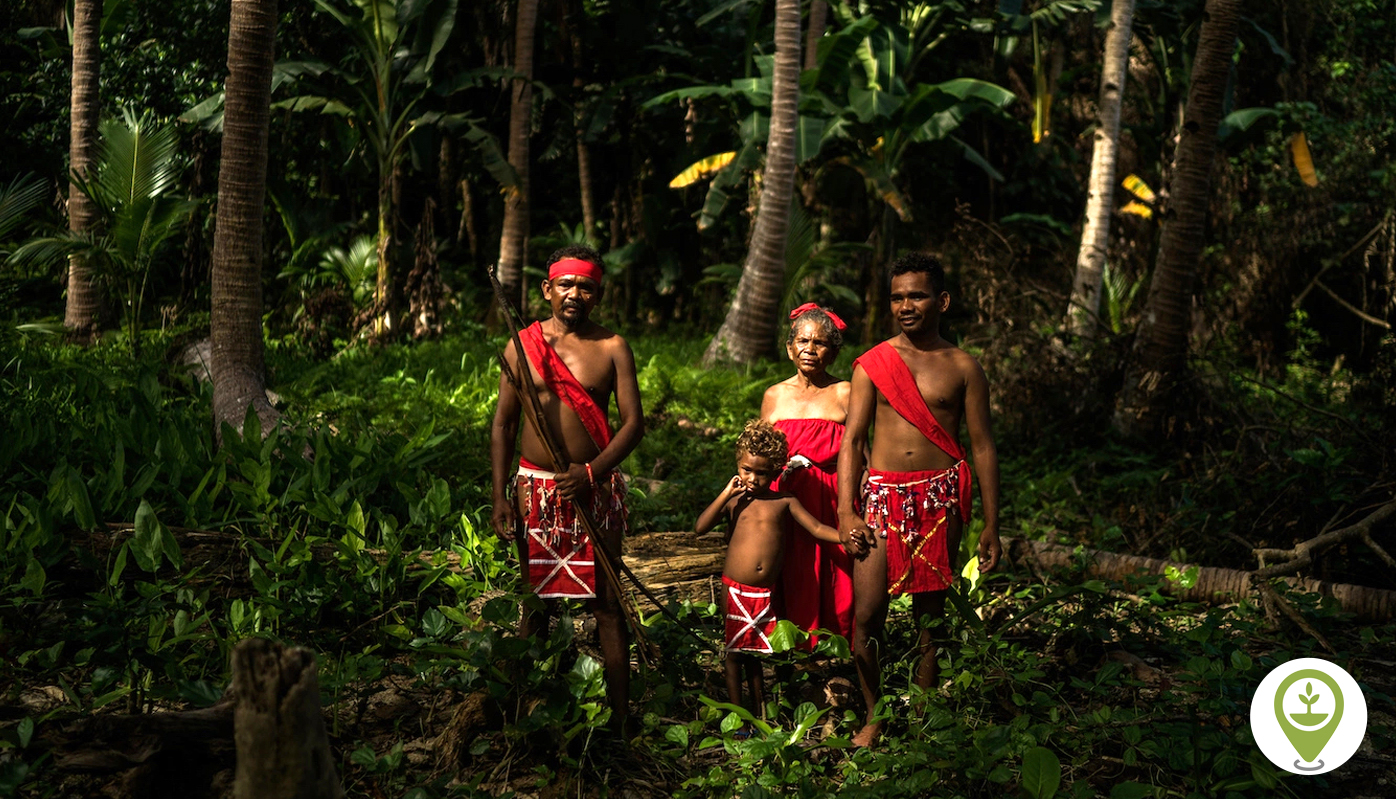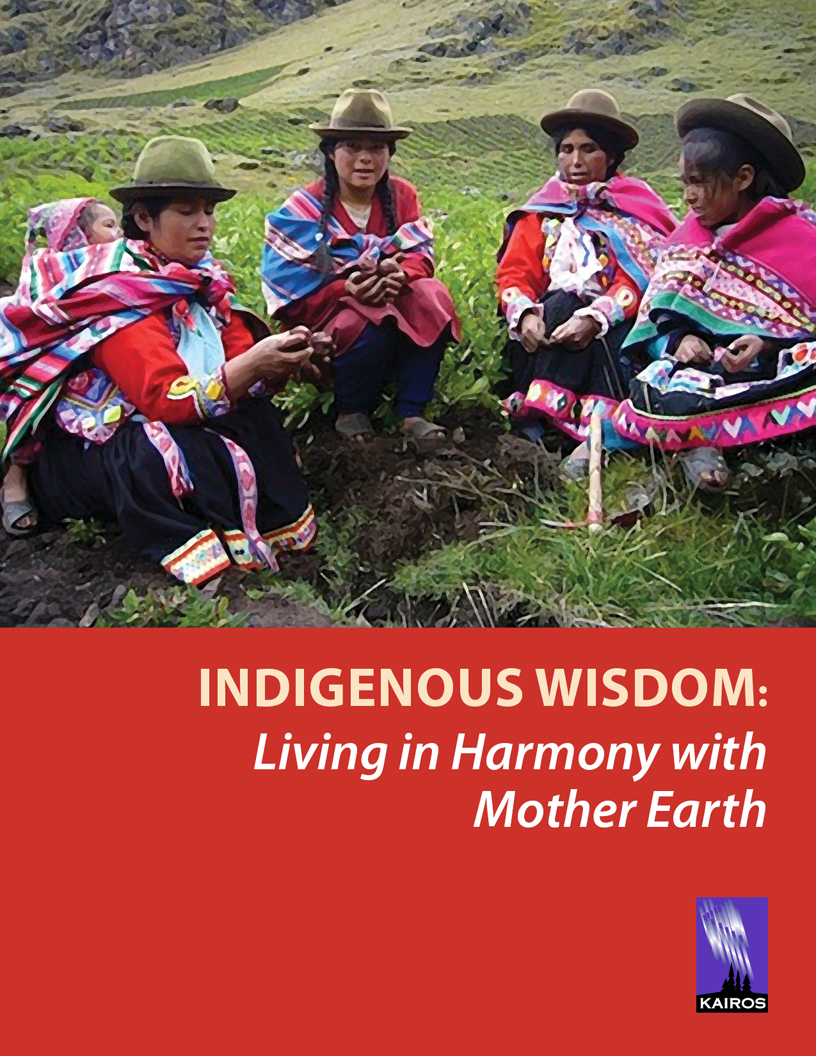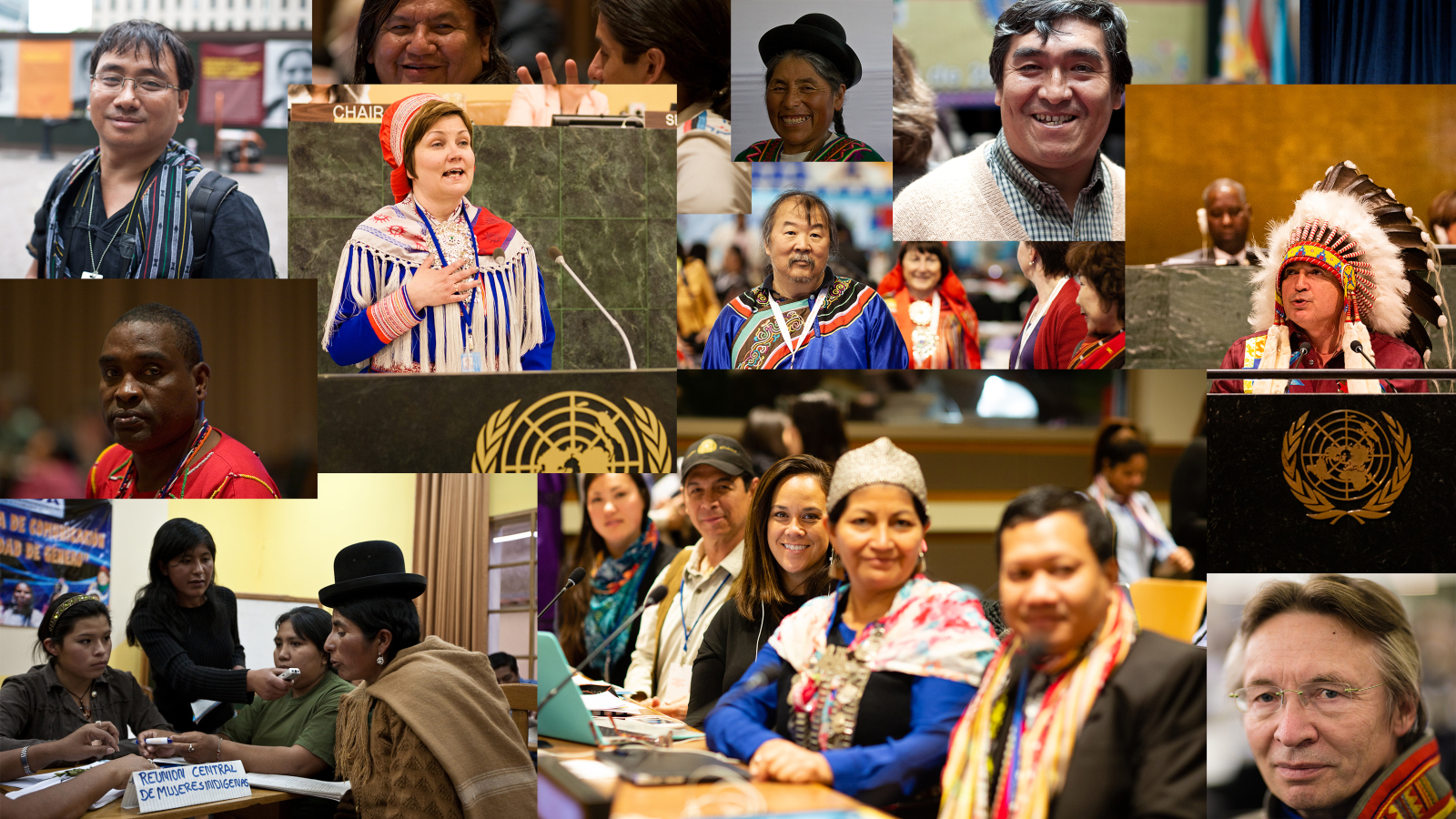Living in Harmony: How Indigenous Peoples’ Relationship with the Land Ensured Economic Survival
Living in Harmony: How Indigenous Peoples’ Relationship with the Land Ensured Economic Survival

For millennia, Indigenous peoples around the world have thrived in diverse ecosystems, demonstrating a profound understanding of their environment and a deep connection to the land. This relationship wasn’t merely spiritual or emotional; it was a foundation for economic survival, ensuring sustenance, well-being, and a sustainable way of life.
This article delves into the intricate tapestry of Indigenous economies, exploring how their connection to the land fostered economic resilience and prosperity. We’ll examine the diverse strategies employed, from sustainable resource management and knowledge-based practices to the intricate social and cultural systems that supported their way of life.
Related Articles: Living in Harmony: How Indigenous Peoples’ Relationship with the Land Ensured Economic Survival
- The Rhythms Of The Land: A Journey Into The World Of Aboriginal Instruments
- Technically An Aboriginal Person Is Anyone WhoTitle
- The Dreamtime: Where Aboriginal Culture Finds Its Roots
- Dreamtime: The Heartbeat Of Aboriginal Culture
- A Taste Of Paradise: Exploring The Diverse World Of Australian Fruit
1. The Land as a Source of Sustenance:
Indigenous communities have always viewed the land as a provider, offering sustenance and resources for their survival. This wasn’t a passive relationship; it was an active engagement with the environment, characterized by careful observation, respect, and understanding.
a. Sustainable Harvesting and Resource Management:
Indigenous peoples developed sophisticated techniques for harvesting resources like plants, animals, and minerals without depleting them. They understood the delicate balance of ecosystems and practiced sustainable methods like:
- Selective harvesting: Only taking what was needed, leaving enough for future generations and the ecosystem’s health.
- Rotation systems: Allowing land to rest and regenerate, ensuring the long-term viability of resources.
- Fire management: Controlled burning to clear undergrowth, stimulate new growth, and manage ecosystems.
- Traditional knowledge: Accumulated over generations, this knowledge provided insights into resource cycles, animal behavior, and plant properties.

b. Diverse Food Sources:
Indigenous economies were not dependent on a single food source. They skillfully diversified their diets, exploiting the full potential of their local environments. This included:
- Hunting and gathering: Utilizing a wide array of plants, animals, and insects as food sources.
- Fishing and aquaculture: Mastering techniques for catching fish and cultivating aquatic species.
- Farming and horticulture: Developing innovative agricultural methods like companion planting, crop rotation, and natural pest control.

2. The Land as a Source of Knowledge:

Beyond sustenance, the land provided Indigenous peoples with essential knowledge for their well-being and survival. This knowledge, passed down through generations, was a vital part of their economic system.
a. Traditional Medicine and Healing:
Indigenous communities possessed a deep understanding of medicinal plants and their properties. They used these plants to treat ailments, prevent diseases, and maintain their health. This knowledge was vital for their economic survival, ensuring a healthy workforce and reducing reliance on external healthcare systems.
b. Crafting and Technology:
The land provided materials for crafting tools, weapons, clothing, and shelter. Indigenous communities developed innovative techniques for using these materials, demonstrating ingenuity and resourcefulness. This knowledge enabled them to build sustainable economies based on their local resources.
c. Navigation and Trade:
Indigenous peoples developed sophisticated knowledge of the land, including its geography, weather patterns, and natural resources. This knowledge allowed them to navigate vast distances, trade with other communities, and manage their economic activities effectively.
3. The Land as a Source of Community and Culture:
The relationship with the land wasn’t just about resources; it was deeply intertwined with Indigenous cultures and social structures.
a. Collective Ownership and Stewardship:
Indigenous communities often held collective ownership of the land, fostering a sense of responsibility and stewardship. This ensured the sustainable management of resources for the benefit of all community members.
b. Reciprocal Relationship:
Indigenous peoples understood that their well-being was intrinsically linked to the health of the land. They practiced reciprocity, giving back to the land through rituals, ceremonies, and sustainable practices. This ensured the ongoing abundance and fertility of their environment.
c. Cultural Identity and Heritage:
The land was a source of cultural identity, providing stories, songs, dances, and spiritual beliefs that shaped Indigenous societies. This connection to the land was vital for their cultural survival and economic resilience.
4. The Challenges of Modernity and Economic Dispossession:
While Indigenous economies were remarkably resilient and sustainable, they faced significant challenges with the arrival of colonialism and modernization.
a. Loss of Land and Resources:
Colonial policies often resulted in the dispossession of Indigenous lands, depriving them of their traditional economic base. This forced many Indigenous communities to rely on external systems, leading to economic hardship and social disruption.
b. Exploitation of Resources:
Colonial powers often exploited Indigenous lands for their resources, extracting timber, minerals, and other valuable commodities without regard for the environment or Indigenous communities. This unsustainable exploitation led to environmental degradation and economic inequities.
c. Cultural Assimilation:
Attempts to assimilate Indigenous peoples into dominant cultures often undermined their traditional knowledge systems, economic practices, and cultural identities. This eroded their economic resilience and cultural heritage.
5. Reclaiming Economic Sovereignty:
In recent decades, Indigenous communities have been actively reclaiming their economic sovereignty, seeking to restore their relationship with the land and rebuild sustainable economies.
a. Land Rights and Self-Determination:
Indigenous peoples are increasingly asserting their land rights and seeking self-determination, regaining control over their territories and resources. This is essential for rebuilding their economies and fostering economic resilience.
b. Sustainable Development Initiatives:
Indigenous communities are developing sustainable development initiatives that integrate traditional knowledge with modern technologies. These initiatives focus on eco-tourism, natural resource management, and cultural preservation, creating economic opportunities while respecting the environment.
c. Indigenous-Led Economic Development:
Indigenous communities are advocating for Indigenous-led economic development models that prioritize local control, cultural values, and environmental sustainability. This approach seeks to create equitable and sustainable economies that benefit all community members.
Conclusion:
The relationship between Indigenous peoples and the land is a testament to the power of sustainable living. Their economic systems, built on respect for the environment, cultural traditions, and collective ownership, demonstrate the potential for a harmonious and prosperous existence. While colonialism and modernization have posed significant challenges, Indigenous communities are reclaiming their economic sovereignty, seeking to restore their connection to the land and build sustainable futures for generations to come.
FAQ:
1. How did Indigenous peoples ensure the sustainability of their resources?
Indigenous peoples developed sophisticated techniques for sustainable resource management, including selective harvesting, rotation systems, fire management, and traditional knowledge passed down through generations.
2. What were the primary food sources for Indigenous communities?
Indigenous communities relied on diverse food sources, including hunting and gathering, fishing and aquaculture, and farming and horticulture, utilizing the full potential of their local environments.
3. How did the land contribute to Indigenous knowledge systems?
The land provided Indigenous peoples with knowledge about medicinal plants, crafting materials, navigation, and trade, contributing to their health, technology, and economic activities.
4. How did colonialism impact Indigenous economies?
Colonialism led to the dispossession of Indigenous lands, exploitation of resources, and cultural assimilation, undermining their traditional economic systems and cultural heritage.
5. What are Indigenous communities doing to reclaim their economic sovereignty?
Indigenous communities are asserting their land rights, developing sustainable development initiatives, and advocating for Indigenous-led economic development models to rebuild their economies and foster economic resilience.

Closure
Thus, we hope this article has provided valuable insights into Living in Harmony: How Indigenous Peoples’ Relationship with the Land Ensured Economic Survival. We appreciate your attention to our article. See you in our next article!


